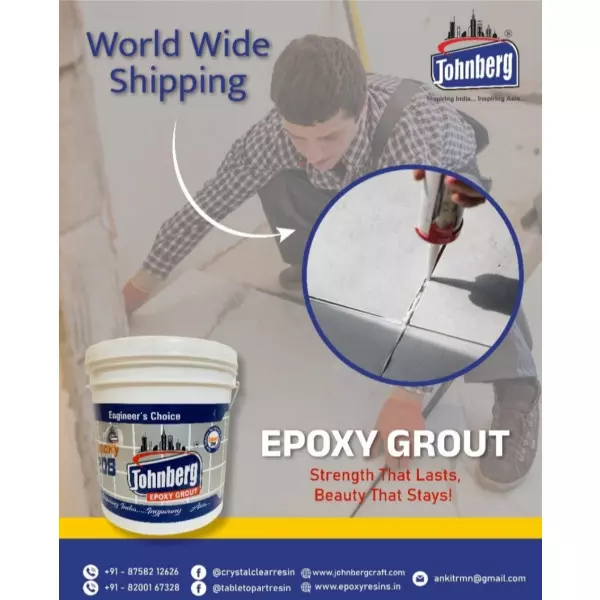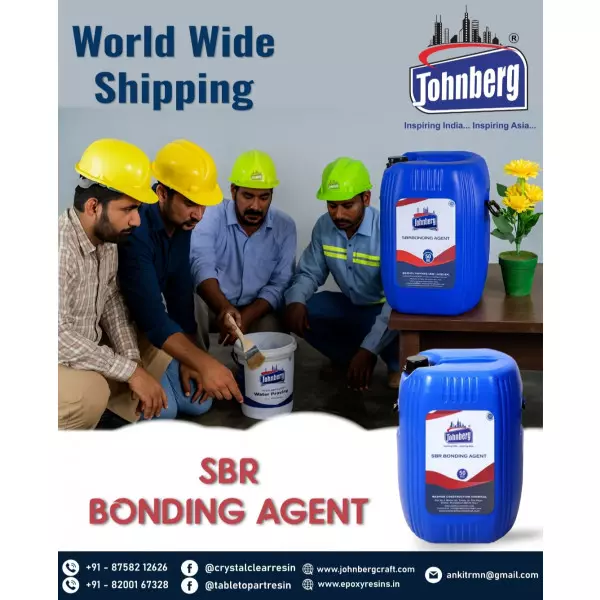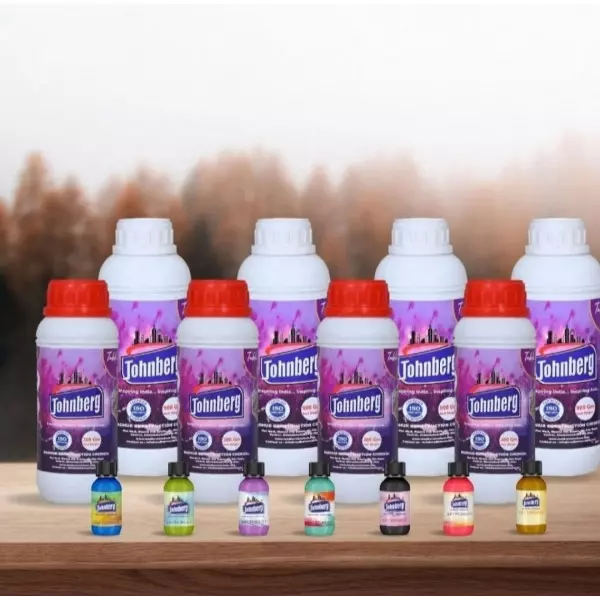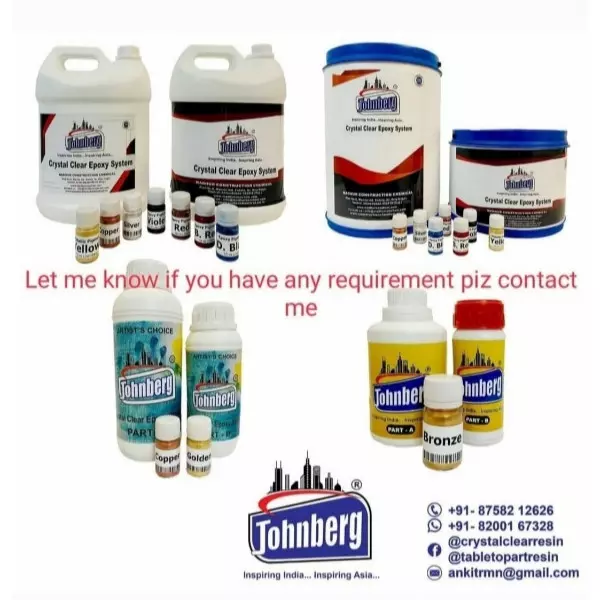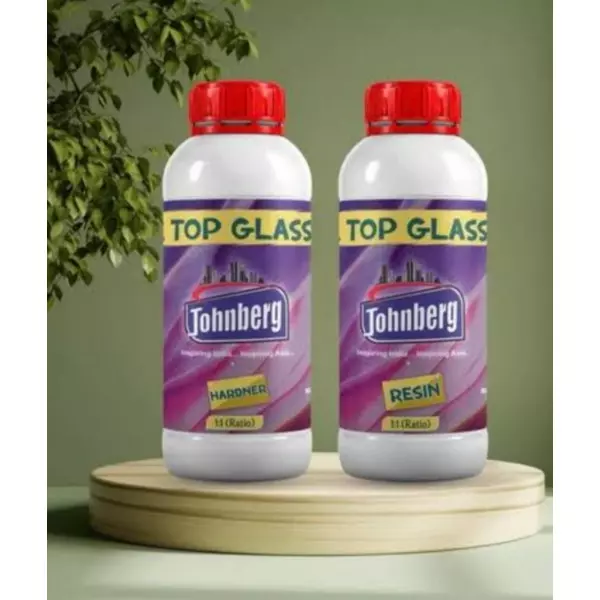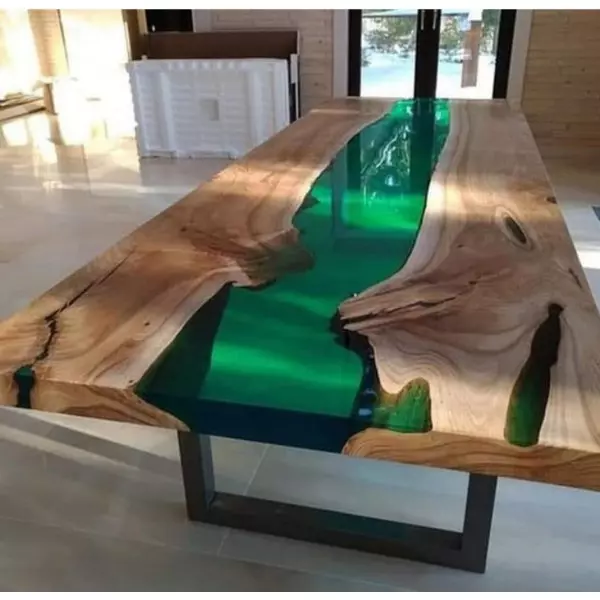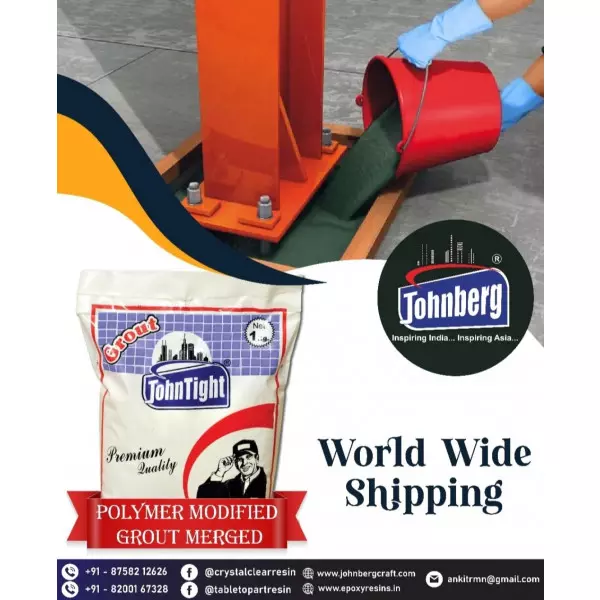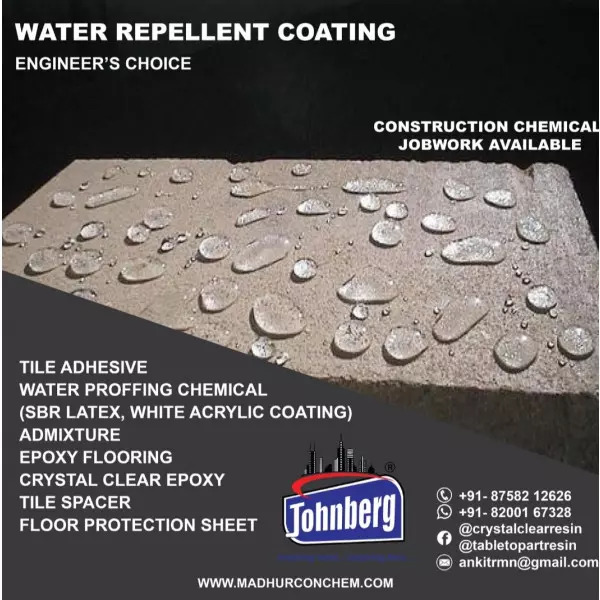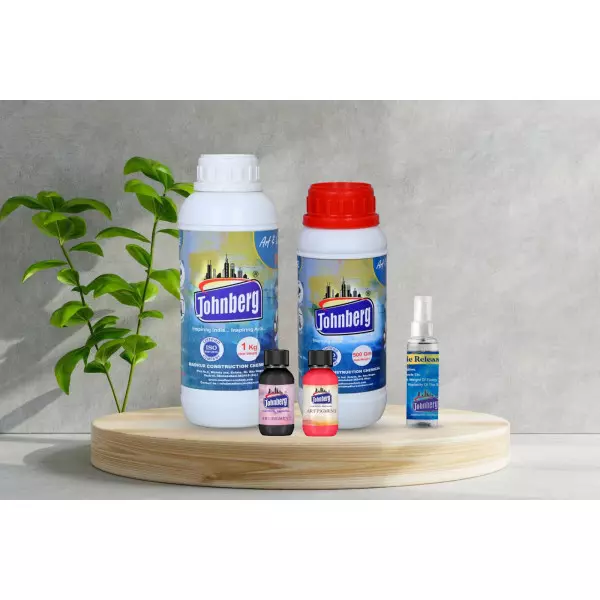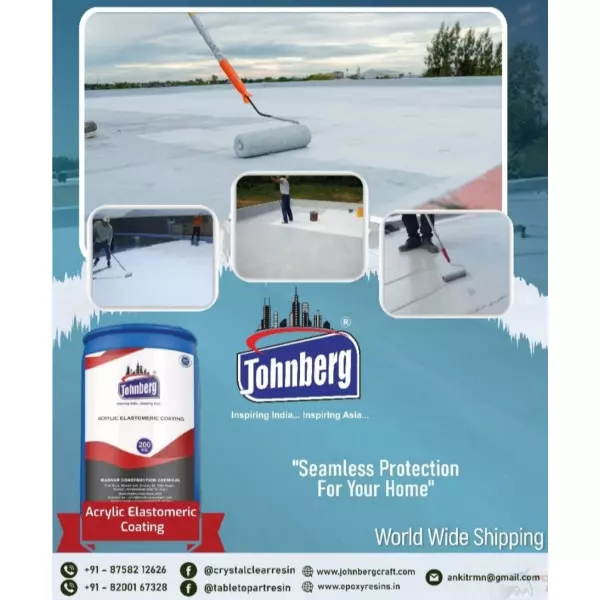- Home
- About Us
- Products
- Resin Furniture
- 3D Epoxy Flooring Service
- Resin Table Top
- Wooden Epoxy Resin Table Top
- Metallic Epoxy Flooring Service
- Conception Chemical Consultants
- Chemical Consultancy For Construction
- Construction Chemical Consultant
- Tile Grout
- Foundation Grout Consultant
- Paver Block Chemical Consultant
- Waterproofing Chemical Consultant
- Epoxy Pigment Consultant
- Heat Reflective Coating
- Water Repellent Coating
- Epoxy Grout
- Chemical Consultant
- Industrial Chemical
- Construction Chemical
- Epoxy Resin
- Epoxy Coating
- Polyester Resin
- Joint Sealants
- Cristal Clear Epoxy Resin And Hardner
- Construction Chemicals
- Polycarboxylate Ether And Liquid
- Solvent Cement
- Tile Protection Sheet
- Water Reducing Superplasticizer
- Epoxy Resin And Hardeners
- Two Component Waterproof Coating
- Epoxy Floor Coatings
- Casting Resin
- Sbr Latex Polymer
- Epoxy Grout Formulations
- Epoxy Resin Tabletops
- Tile Spacers
- Tile Levelling Spacers
- Industrial Night Vision Epoxy Grout
- Sbr Latex
- Johnberg Marble Polishing Liquid
- Acrylic Elastomeric Coating
- Weber Tile Adhesives
- Decorative Arts
- Resinic Crafts
- PU Flexible Tile Adhesive
- Resin Pressed Flowers
- Dry Pressed Flower
- Epoxy Putty
- Resin Furniture
- Services
- Updates
- Gallery
- Contact Us
Updates
Anchor Grout Manufacturers In Patna
Anchor Grout is a two‑part high‑strength polyester resin based grout It is thixotropic meaning it stays in place in vertical or overhead positions and does not flow out of holes It is widely used to anchor steel bolts bars dowels and machinery into concrete masonry or brickworkMain featuresRapid strength gainHigh early compressive and pull‑out strengthsResistant to vibration corrosion water oils and mild acids or alkalinesCan be p ... Continue
SBR Latex Admixture Manufacturers In Bengaluru
SBR latex is a synthetic rubber emulsion made from styrene and butadiene It is commonly used as a bonding agent and polymer modifier in cementitious systems such as mortars renders screeds and concreteKey Properties:Enhances bonding strength between old and new concrete or mortarImproves flexibility and reduces crackingIncreases water resistanceEnhances durability and abrasion resistanceImproves workability of the mixApplications: ... Continue
Construction Chemical Consultant In Delhi
1 Cement Additives:These are chemicals added to cement to improve its properties such as workability setting time and strength. Common types include plasticizers superplasticizers retarders and accelerators.2 Concrete Admixtures:These are substances added to concrete before or during mixing. Types includeWater reducers to improve workabilityAir entrainers to increase durability in freeze-thaw conditionsRetarders to slow setting time ... Continue
3D Epoxy Flooring Service Providers In Punjab
3D Epoxy flooring is a decorative flooring solution that uses a multi-layer process to create a three-dimensional visual effect. It is often used in residential, commercial, and industrial spaces to enhance aesthetics and durability.ComponentsBase Layer A smooth layer of self-leveling epoxy resin is applied to the concrete surface. This forms the foundation for the 3D image and helps ensure evenness.3D Image or Design Layer A high-resolutio ... Continue
Glass Adhesives Manufacturers In Madhya Pradesh
Glass adhesive is a type of bonding material designed specifically to join glass surfaces to other materials or to other glass surfaces. It is commonly used in construction, automotive repair, home improvement, electronics, and crafts.Types of glass adhesivesSilicone adhesive. : This is a flexible and durable adhesive suitable for both indoor and outdoor applications. It is resistant to moisture and temperature changes. It is often used in wi ... Continue
Wooden Epoxy Resin Table Top In Aizawl
A wooden epoxy table top resin is a unique piece of furniture that combines the natural beauty of wood with the sleek, glossy finish of epoxy resin. Here are the key details:Material Composition:Wood: Typically, hardwoods like walnut, oak, maple, or live edge wood slabs are used. These woods have interesting grain patterns, colors, and textures that give each table a distinctive look.Epoxy Resin: A clear, durable synthetic resin that is mix ... Continue
Polymer Modified Grout Manufacturers In Bhopal
Polymer modified grout is a type of cement-based grout that has been enhanced by the addition of polymer materials. These polymers improve the physical and chemical properties of the grout, making it more durable and versatile than traditional grout.Components:Cement – Acts as the primary binding materialAggregates – Fine particles such as sand to provide body and strengthPolymers – Usually latex or acrylic-based additiv ... Continue
Water Repellent Coating Manufacturers In Raipur
Water repellent coating is a type of surface treatment applied to materials such as fabric concrete wood glass or metal to make them resistant to water It does not completely block water like waterproof coatings but instead reduces water absorption and allows water to bead and roll off the surfaceTypes of Water Repellent Coatings1 Silicone Based CoatingMade from silicone compoundsCommonly used on textiles and concreteOffers good resista ... Continue
Crystal Clear Epoxy Resin Manufacturers In Tripura
Crystal Clear Epoxy ResinDescription:Crystal clear epoxy resin is a two-part system consisting of resin and hardener. It is designed to provide a transparent and durable finish for a wide range of applications including art woodworking jewelry coating and casting.Key Features:High clarity and transparencySelf-leveling propertiesUV resistant formulaLow odor during applicationScratch and impact resistant once curedStrong adhesive ... Continue
Metallic Epoxy Flooring Service Providers In Gujarat
Metallic epoxy flooring is a high performance decorative flooring system made from epoxy resin and metallic pigments It creates a unique marble like or three dimensional appearance that is both durable and visually strikingKey Features:1 Metallic pigments are mixed into the epoxy resin to produce a fluid effect during application2 The final finish resembles flowing lava water or clouds with no two floors looking exactly the same3 It is hi ... Continue
